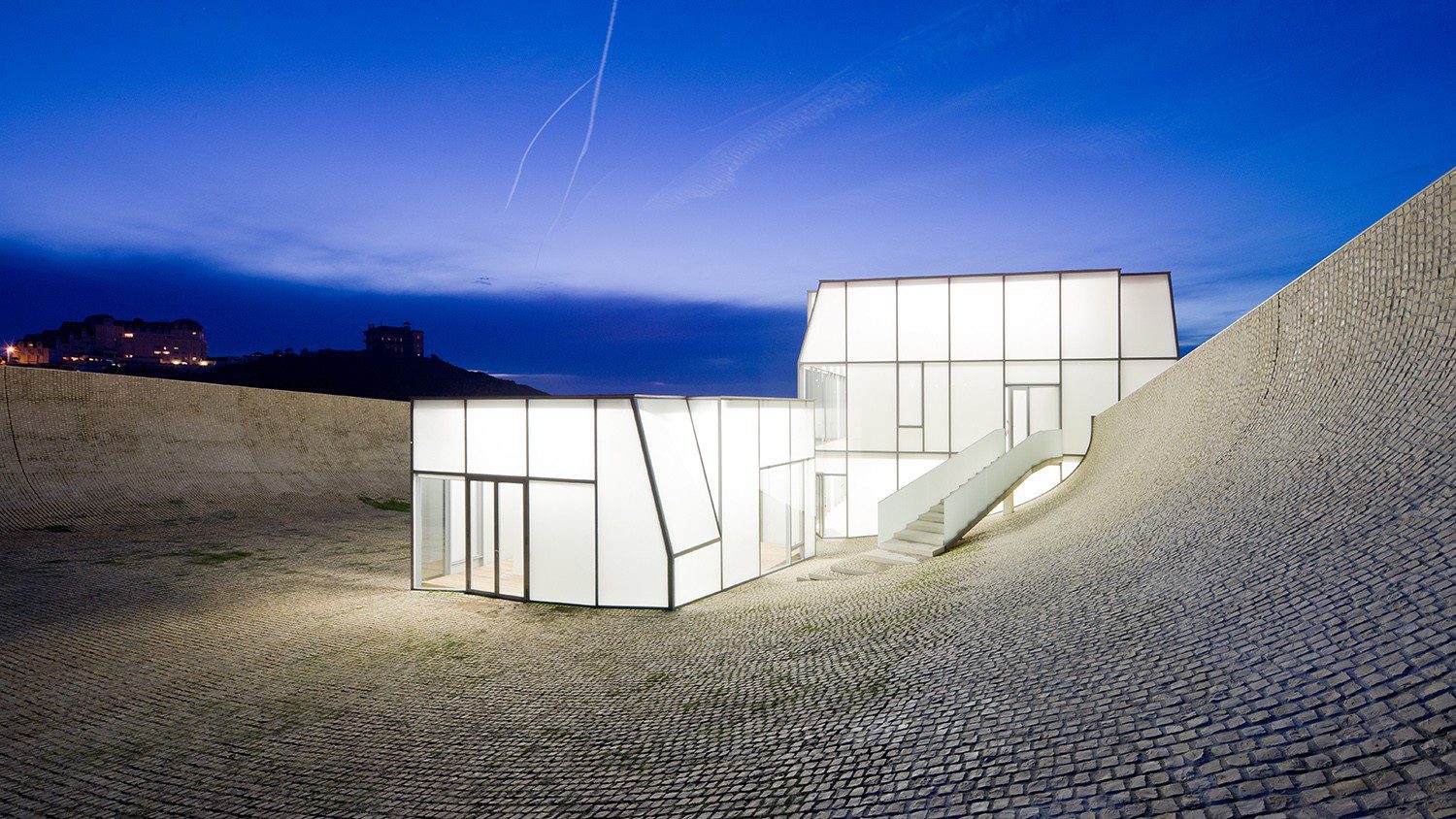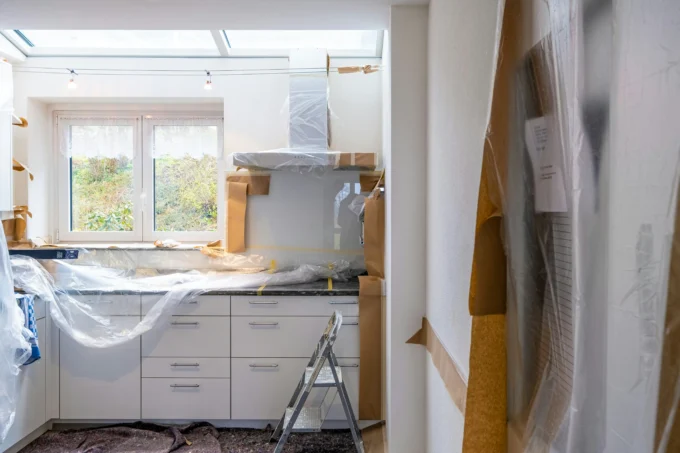- Home
- Articles
- Architectural Portfolio
- Architectral Presentation
- Inspirational Stories
- Architecture News
- Visualization
- BIM Industry
- Facade Design
- Parametric Design
- Career
- Landscape Architecture
- Construction
- Artificial Intelligence
- Sketching
- Design Softwares
- Diagrams
- Writing
- Architectural Tips
- Sustainability
- Courses
- Concept
- Technology
- History & Heritage
- Future of Architecture
- Guides & How-To
- Art & Culture
- Projects
- Interior Design
- Competitions
- Jobs
- Store
- Tools
- More
- Home
- Articles
- Architectural Portfolio
- Architectral Presentation
- Inspirational Stories
- Architecture News
- Visualization
- BIM Industry
- Facade Design
- Parametric Design
- Career
- Landscape Architecture
- Construction
- Artificial Intelligence
- Sketching
- Design Softwares
- Diagrams
- Writing
- Architectural Tips
- Sustainability
- Courses
- Concept
- Technology
- History & Heritage
- Future of Architecture
- Guides & How-To
- Art & Culture
- Projects
- Interior Design
- Competitions
- Jobs
- Store
- Tools
- More
How to Prepare Your Bathroom for a New Bathtub Installation

Installing a new bathtub is an exciting home improvement project that can transform your bathroom into a more comfortable and functional space. Whether you’re upgrading an outdated tub, replacing a damaged one, or doing a complete renovation, proper preparation is key to ensuring a smooth and successful installation. Without adequate planning, you may run into unexpected issues that could delay the process or result in costly repairs.
This guide will walk you through each step to prepare your bathroom for a new bathtub installation, ensuring everything goes as smoothly as possible.
Table of Contents
Toggle1. Measure Your Space and Choose the Right Bathtub
Before purchasing a new bathtub, it’s essential to measure the available space to ensure a proper fit. Consider the length, width, and depth of your bathroom, as well as the bathtub alcove or designated area.
Things to Consider When Choosing a Bathtub:
- Size: Will the new tub fit into the existing space? Measure twice before making a purchase.
- Weight: Some materials, like cast iron, are significantly heavier than acrylic. Make sure your flooring can support the weight.
- Plumbing Compatibility: Ensure the drain, faucet, and overflow align with your existing plumbing setup.
- Style and Design: Decide whether you want a freestanding tub, alcove tub, corner tub, or drop-in tub.

2. Turn Off the Water Supply
Since the bathtub installation involves plumbing, you’ll need to shut off the water supply before starting any work. This prevents leaks and potential water damage. Locate the shut-off valves for your bathroom. If your home doesn’t have individual shut-off valves for the bathroom, turn off the main water supply.
Pro Tip:
After turning off the water, open the faucet to release any remaining water in the pipes. This reduces the chances of unexpected leaks during the installation process.
3. Clear Out the Bathroom
Your bathroom needs to be clutter-free before work begins. Remove all personal items, toiletries, shower curtains, rugs, and wall decorations. If the bathtub is near a vanity or toilet, you may need to move these fixtures temporarily to make room for the new tub installation.
Additional Preparations:
- Take out any storage units, cabinets, or shelves near the bathtub area.
- Cover vents to prevent dust from spreading throughout your home.
- Remove fragile items from the bathroom to avoid accidental damage.
4. Protect Your Floors and Walls
Bathtub installations can be messy, and heavy lifting may cause accidental damage to your bathroom surfaces. Protect your floors by laying down drop cloths, cardboard, or plywood sheets. This will prevent scratches and cracks when moving tools and the bathtub.

If you are keeping your existing wall tiles, consider using painter’s tape or plastic sheeting to shield them from damage during the installation process.
5. Remove the Old Bathtub
If you’re replacing an existing bathtub, removing it requires careful planning. This step can be labor-intensive, so you may need an extra pair of hands.
Steps to Remove an Old Bathtub:
- Disconnect the Plumbing – Use a wrench to remove the tub drain and overflow cover. If your bathtub has a shower, remove the showerhead and faucet fixtures.
- Cut Through Sealant or Caulk – Use a utility knife to cut through the caulk around the bathtub edges.
- Remove Surrounding Tiles (If Necessary) – If the bathtub is surrounded by tiles, you may need to remove a few rows to free the tub.
- Detach the Bathtub – Carefully lift the old bathtub out of place with assistance. In some cases, you may need to cut the tub into sections to make removal easier.
Pro Tip:
If your old bathtub is made of cast iron, it may be too heavy to lift. In such cases, breaking it into pieces with a sledgehammer is a practical approach. However, ensure you wear safety gear such as gloves, goggles, and a dust mask.
6. Inspect and Update Plumbing
Before installing the new bathtub, inspect the existing plumbing to ensure everything is in good condition. If you notice any signs of leaks, rust, or outdated pipes, now is the perfect time to make repairs or upgrades.
Consider replacing old drain pipes, adjusting the water supply lines, or installing new shut-off valves to improve the functionality of your new bathtub. If you’re unfamiliar with plumbing work, hiring a professional plumber like SD Plumbing & Heating can help prevent costly mistakes.
7. Clean and Prepare the Installation Area
Once the old bathtub is removed, clean the installation space thoroughly. Remove debris, old caulk, and any remaining adhesive. Check the subfloor for any water damage, mold, or structural issues. If you find any problems, repair them before proceeding with the installation.
Additional Steps:
- Ensure the walls are level and sturdy enough to support the new bathtub.
- Install or adjust the tub supports, such as a ledger board, if necessary.
- Dry-fit the new bathtub to ensure it fits correctly before securing it in place.
8. Gather Necessary Tools and Materials
Having all the necessary tools and materials on hand will streamline the installation process. Some of the essential items include:
- Adjustable wrench and pipe wrench
- Caulking gun and waterproof sealant
- Screwdrivers and power drill
- Utility knife and putty knife
- Level and measuring tape
- Safety gear (gloves, goggles, knee pads)
9. Plan for Proper Ventilation
During installation, adhesives, caulking, and sealants will be used, which may emit strong odors. Ensure proper ventilation in your bathroom by opening windows, using fans, or running an exhaust system. This will also help speed up the drying process after sealing the bathtub.
10. Consider Hiring a Professional
While some homeowners feel comfortable tackling bathtub installation as a DIY project, it requires precision and plumbing knowledge. If you’re unfamiliar with plumbing, tile work, or bathtub leveling, hiring a professional installer can save you time and prevent costly mistakes.
Benefits of Hiring a Professional:
- Ensures proper installation without leaks
- Saves time and avoids potential damages
- Professional-grade sealing and waterproofing
- Reduces the risk of plumbing or drainage issues

Final Thoughts
Preparing your bathroom for a new bathtub installation is an essential step in ensuring a smooth and efficient process. By measuring your space, shutting off water, protecting surfaces, and inspecting plumbing, you’ll be ready for a hassle-free installation.
Whether you choose to install the bathtub yourself or hire a professional, proper preparation will help ensure that your new tub is installed securely and functions perfectly for years to come.
illustrarch is your daily dose of architecture. Leading community designed for all lovers of illustration and #drawing.
Submit your architectural projects
Follow these steps for submission your project. Submission FormLatest Posts
5 Must-Know Interior Design Trends in American Homes
From warm minimalism to bold oversized artwork, these five interior design trends...
How Open Kitchens Create a Sense of Space Indoors (Without Sacrificing Function)
Open kitchens: see how sightlines, lighting, and smart layouts make rooms feel...
The Revival of Chunky Fiber Crafts in Modern Interior Design
Contemporary interior architecture has shifted away from hard minimalism. After a decade...
What Have Been the Biggest Interior Design Trends of 2025 – And Are They Here to Stay?
Differentiating between timeless and fleeting designs? This talent is what separates great...












Leave a comment